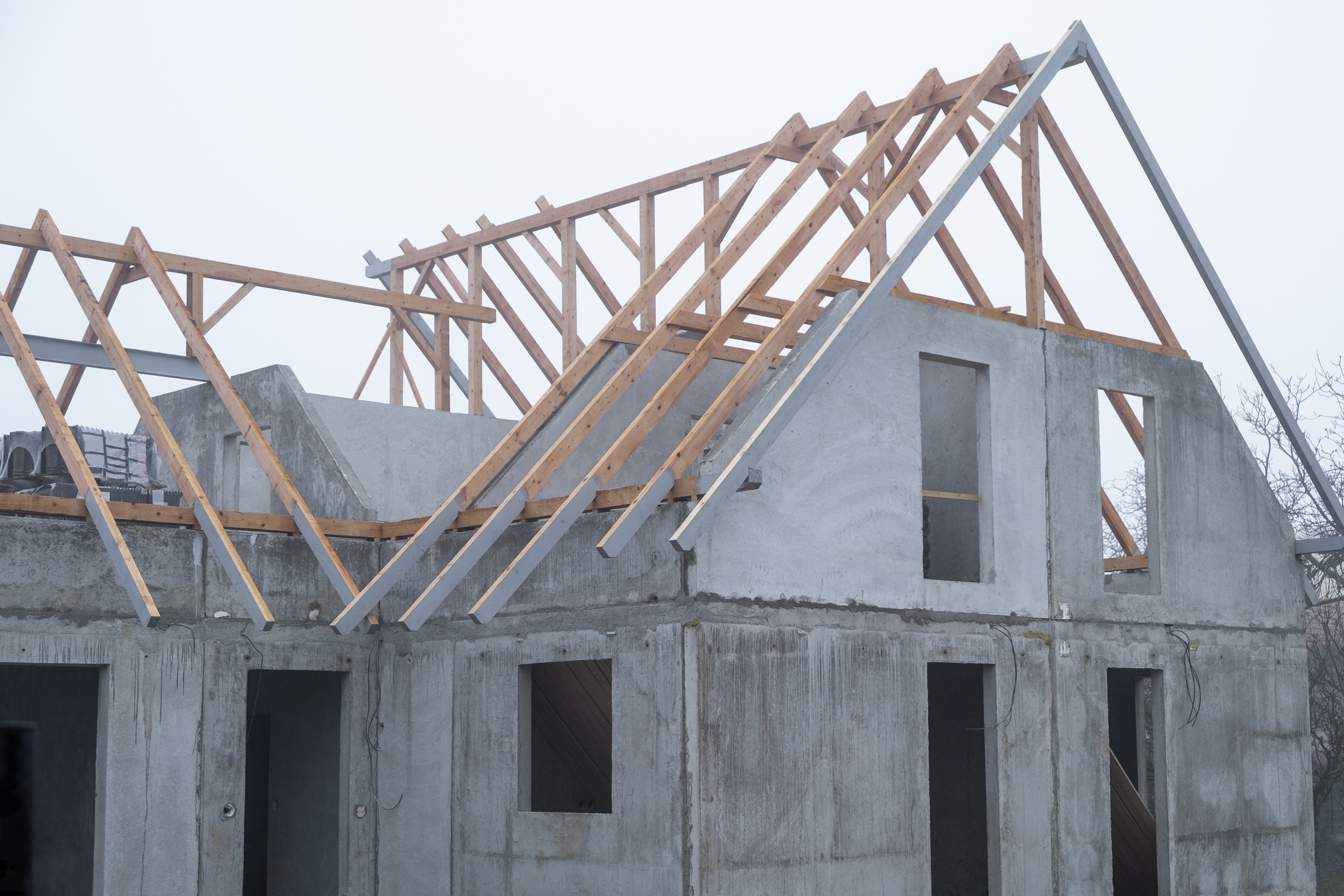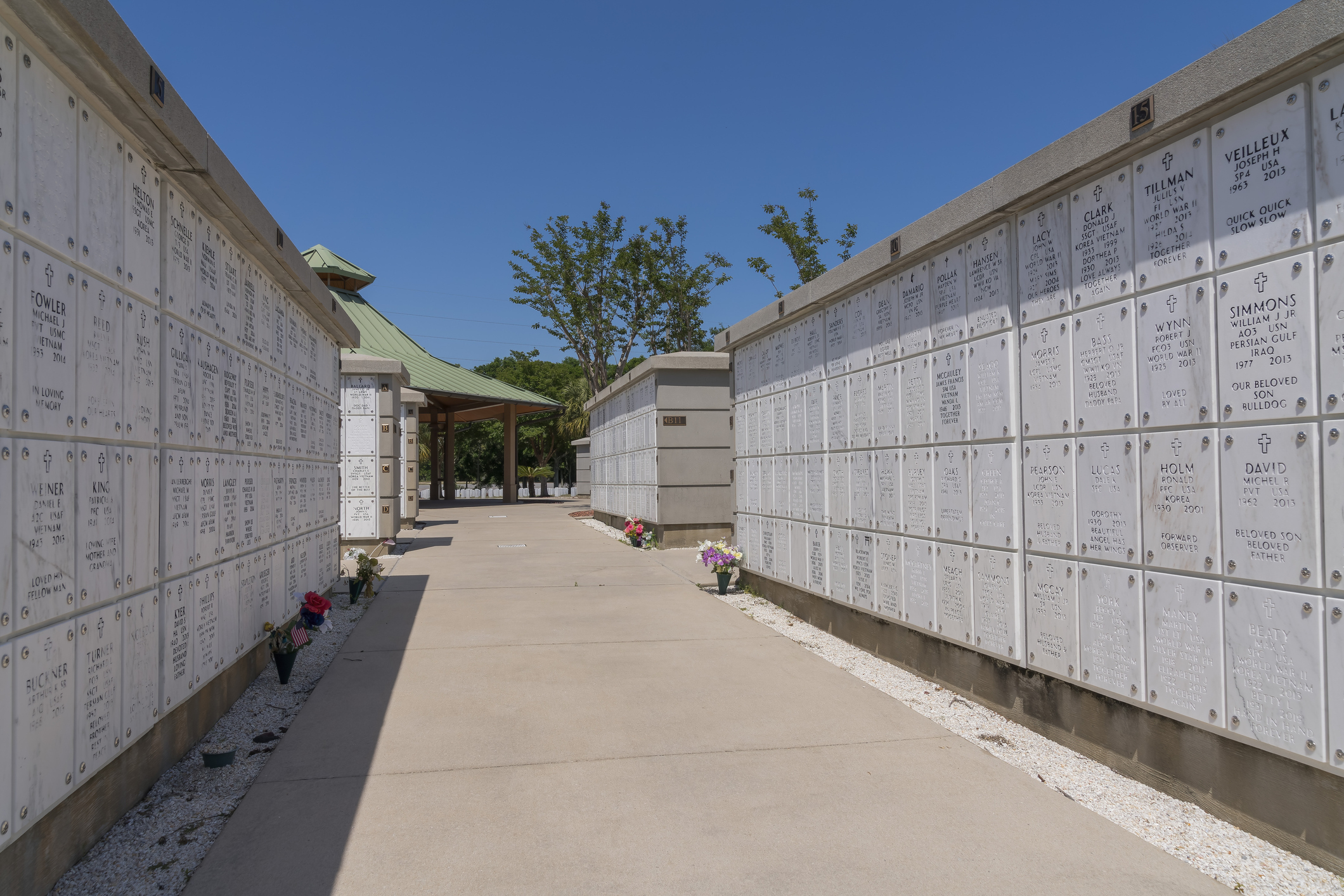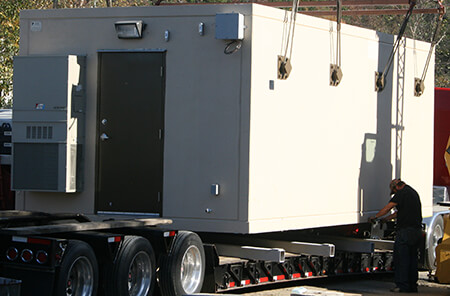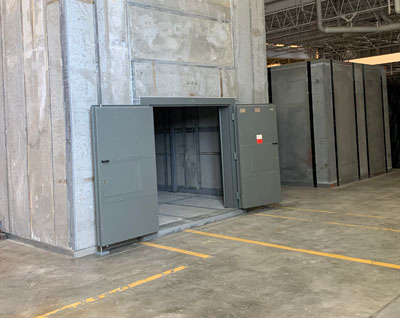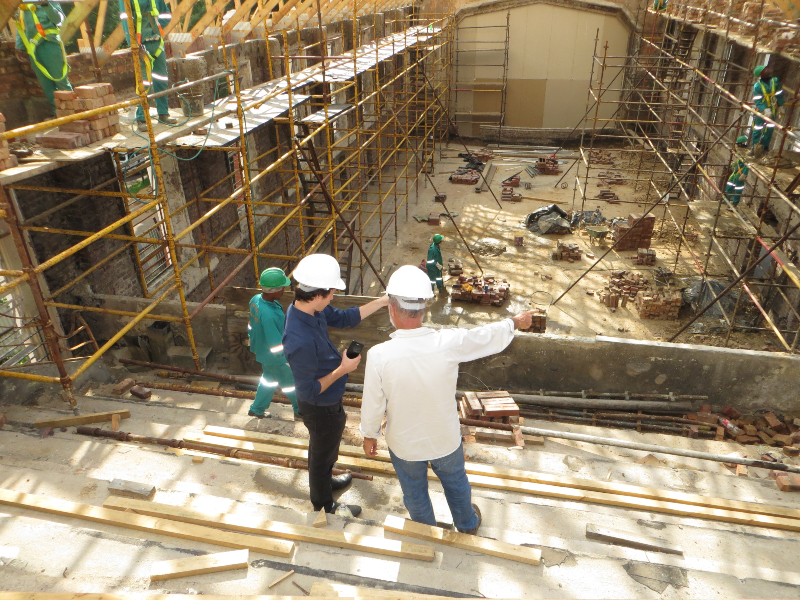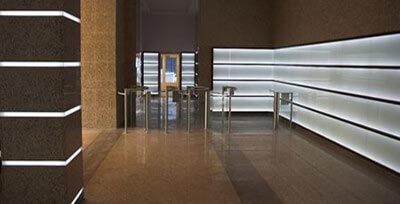Precast Concrete VS Tilt-Up Concrete VS Cast-in-Place
The Carolina Precast Company offers precast concrete products that have many advantages over other forms of concrete. Below is a detailed comparison of Precast Concrete, Tilt-Up Concrete, and Cast-in-Place Concrete:
- Construction Process
- Precast Concrete
- Process
- Concrete elements are cast in a controlled environment (Factory) away from the construction site, then transported and assembled on-site
- Advantages
- High quality control, faster on-site construction, less weather dependency, reduced waste
- Process
- Tilt-Up Concrete
- Process
- Concrete elements are cast horizontally on-site, then tilted into their vertical position
- Advantages
- Cost-effective for large, repetitive structures like warehouses, reduces transportation costs, allows for large monolithic panels
- Process
- Cast-in-Place Concrete
- Process
- Concrete is poured directly into forms at the construction site
- Advantages
- Flexibility in design, can be adapted to site-specific conditions, monolithic structure with no joints (Except where formwork is split)
- Process
- Precast Concrete
- Quality Control
- Precast Concrete
- Control
- Very high due to factory conditions, consistent mix, and curing processes
- Durability
- Often higher due to better curing conditions
- Control
- Tilt-Up Concrete
- Control
- Good, but less than precast concrete as it is still on-site. However, the casting bed can be controlled more than typical site conditions
- Durability
- Generally good, but depends on site conditions during casting
- Control
- Cast-in-Place Concrete
- Control
- Variable, depends heavily on-site management, weather conditions, and the skill of the workers
- Durability
- Can be excellent with proper supervision and curing, but more susceptible to variations.
- Control
- Precast Concrete
- Speed of Construction
- Precast Concrete
- Speed
- Fastest on-site construction phase due to off-site fabrication. However, initial setup and logistics can be complex
- Speed
- Tilt-Up Concrete
- Speed
- Quick for large panels, especially for single-story or low-rise buildings. The process can be slower if there are many panels or complex designs
- Speed
- Cast-in-Place Concrete
- Speed
- Typically slower due to the need for formwork, pouring, and curing on-site, though this can be mitigated with good planning and continuous pours.
- Speed
- Precast Concrete
- Cost
- Precast Concrete
- Cost
- Higher initial investment due to factory production, transportation, and cranes for installation, but can be cost-effective for large projects or repetitive units
- Cost
- Tilt-Up Concrete
- Cost
- Generally cost-effective for large, simple structures. Reduces transportation costs but requires significant on-site space for casting
- Cost
- Cast-in-Place Concrete
- Cost
- Can vary widely. Lower initial setup costs, but higher labor and time costs. Economical for unique or complex structures where formwork can be reused
- Cost
- Precast Concrete
- Design Flexibility
- Precast Concrete
- Flexibility
- High for repetitive elements or modular designs. Limited by transportation constraints for very large or heavy pieces
- Flexibility
- Tilt-Up Concrete
- Flexibility
- Moderate to high for large, simple structures. Less flexible for complex shapes or small, intricate designs
- Flexibility
- Cast-in-Place Concrete
- Flexibility
- Very high. Can be tailored to almost any shape or size, limited only by formwork capabilities and engineering
- Flexibility
- Precast Concrete
- Environmental Impact
- Precast Concrete
- Impact
- Potentially lower due to controlled manufacturing, less waste, and faster construction time on-site, reducing site disruption
- Impact
- Tilt-Up Concrete
- Impact
- Moderate, benefits from reduced transportation emissions, but still involves significant on-site activities
- Impact
- Cast-in-Place Concrete
- Impact
- Higher due to on-site mixing, potential for more waste and longer construction periods leading to more site disruption
- Impact
- Precast Concrete
- Structural Integrity and Seismic Performance
- Precast Concrete
- Integrity
- High when properly connected, but connections can be weak points in seismic zones unless specifically designed
- Integrity
- Tilt-Up Concrete
- Integrity
- Good for lateral loads if designed correctly. Connections are critical for seismic performance
- Integrity
- Cast-in-Place Concrete
- Integrity
- Generally excellent, monolithic structure provides good continuity, beneficial in seismic areas
- Integrity
- Precast Concrete
Each method has its place in construction, chosen based on project specifics like size, complexity, location, budget, and time constraints. Precast might be preferred for speed and quality control, tilt-up concrete for cost-effective large structures, and cast-in-place concrete for unique or highly customized designs.
Contact Us Today
For more information on our products and services, give us a call today at 919-742-3132, or visit our Contact Us page. Let The Carolina Precast Company help you bring your vision to life with precision and excellence.
